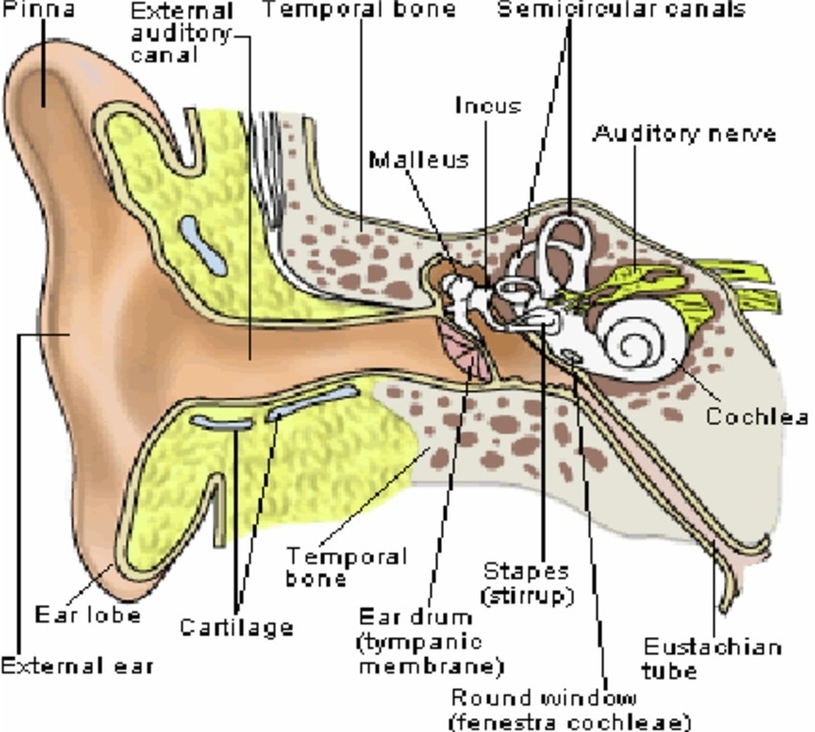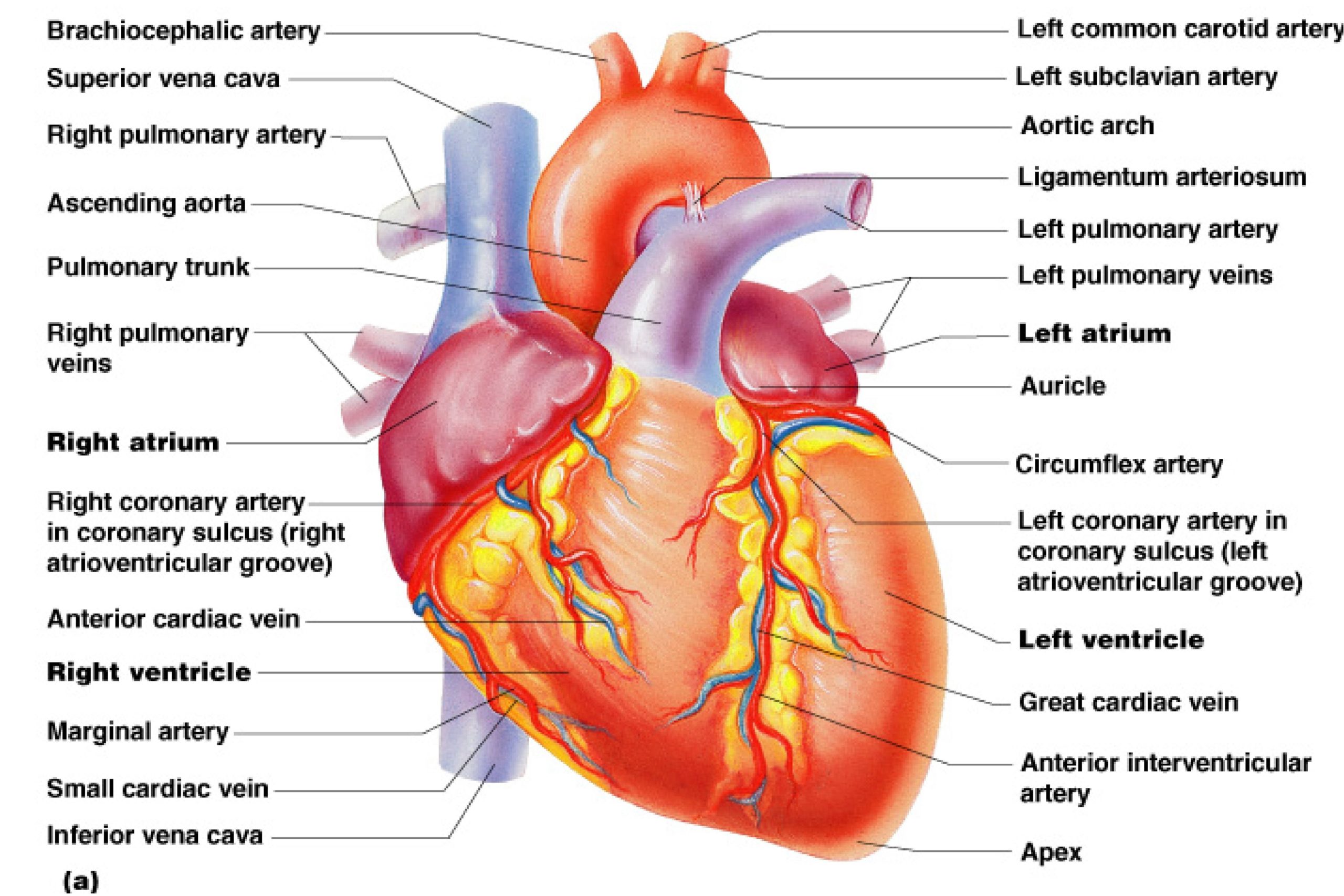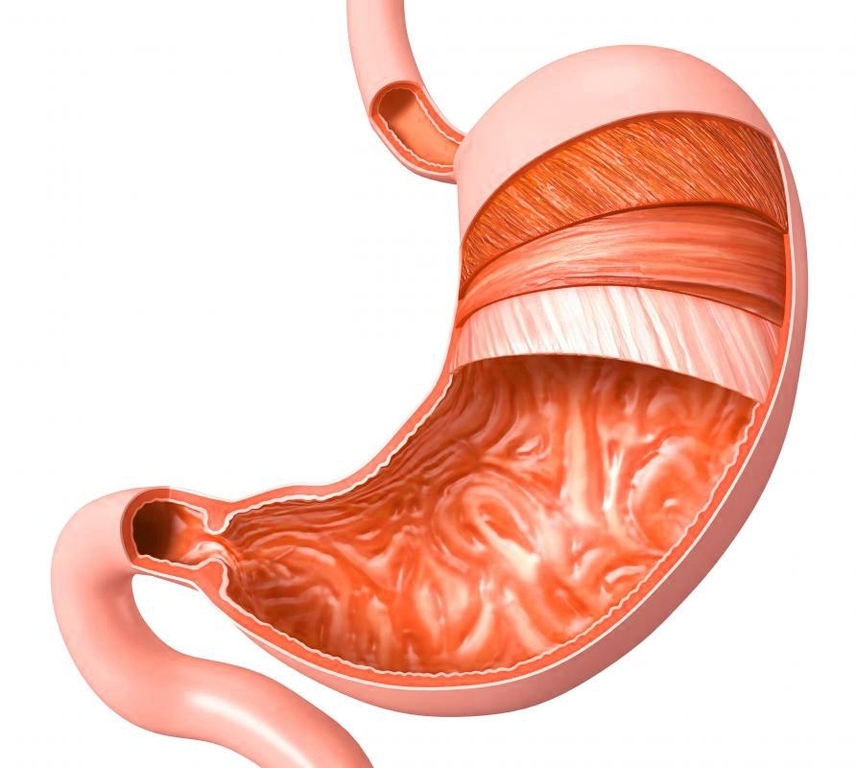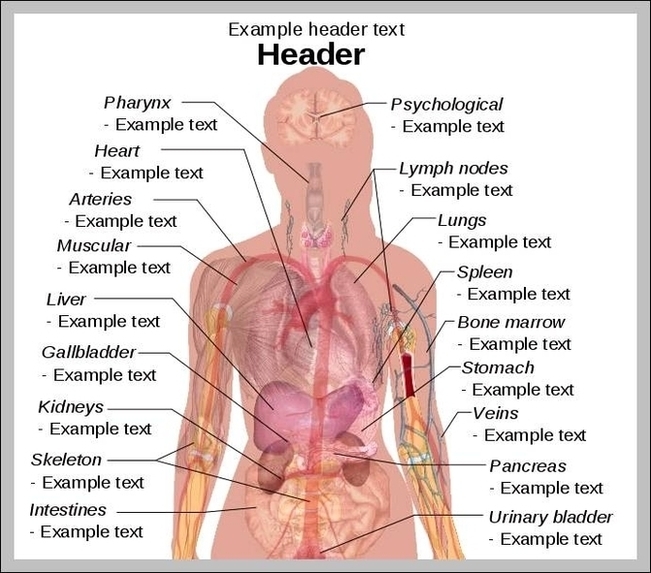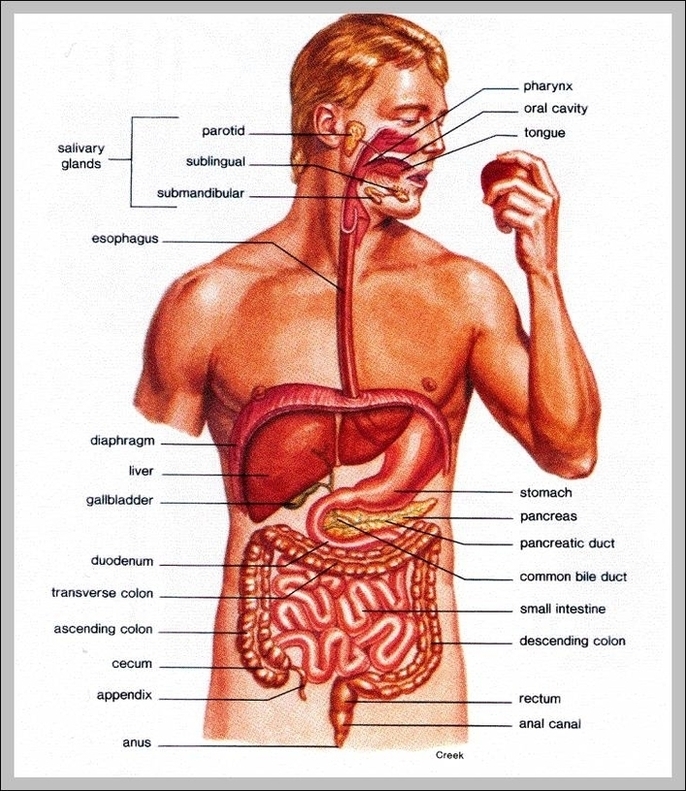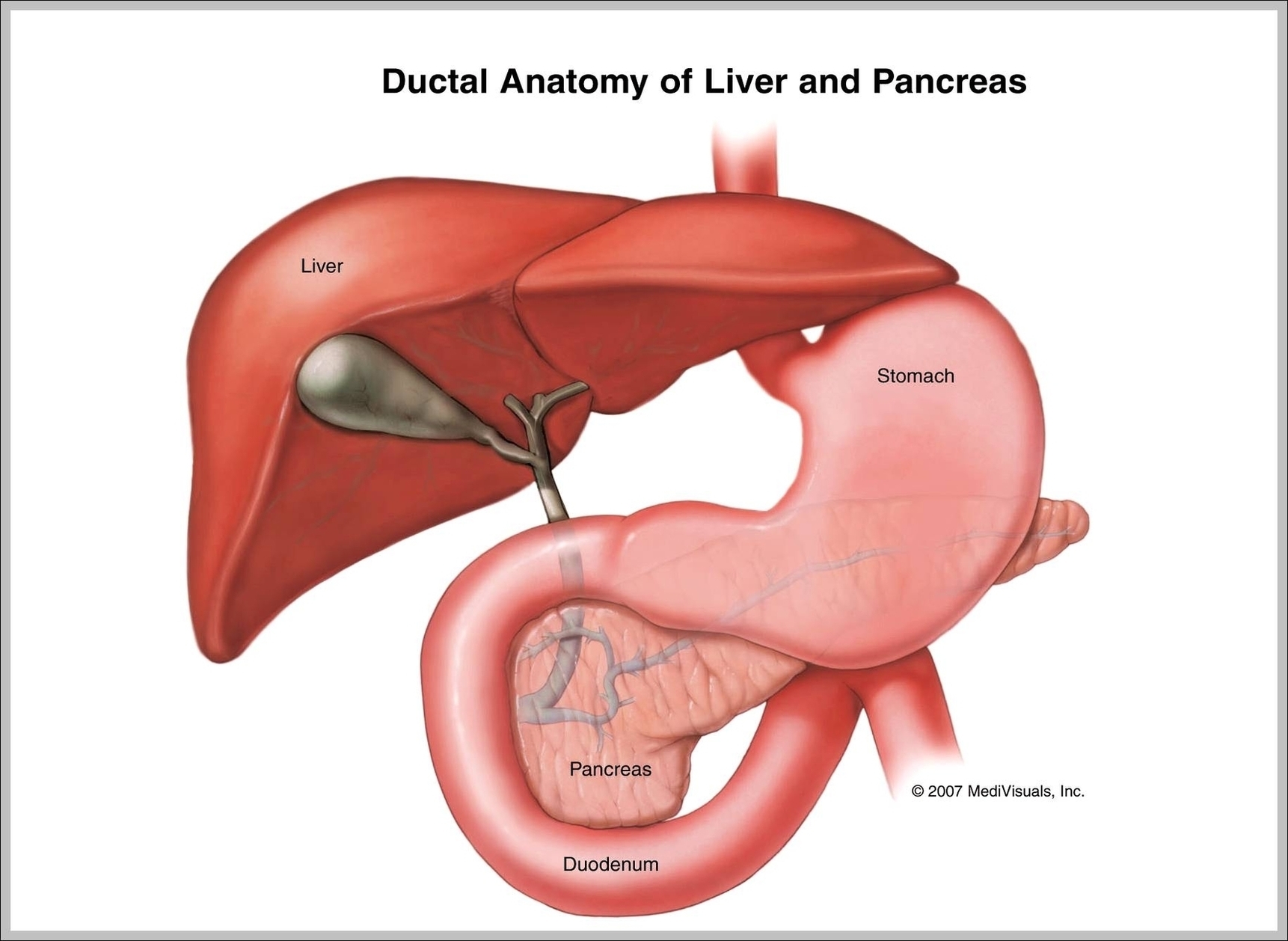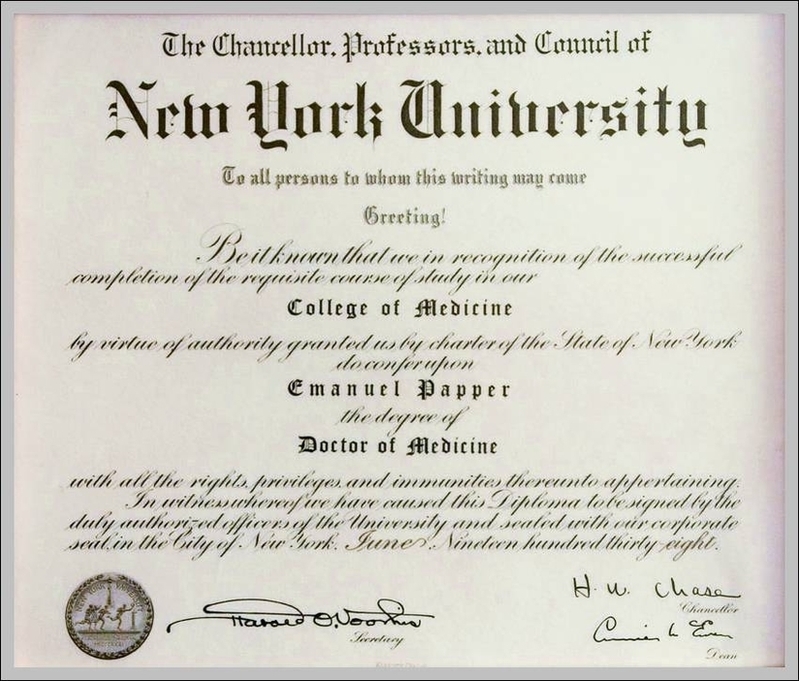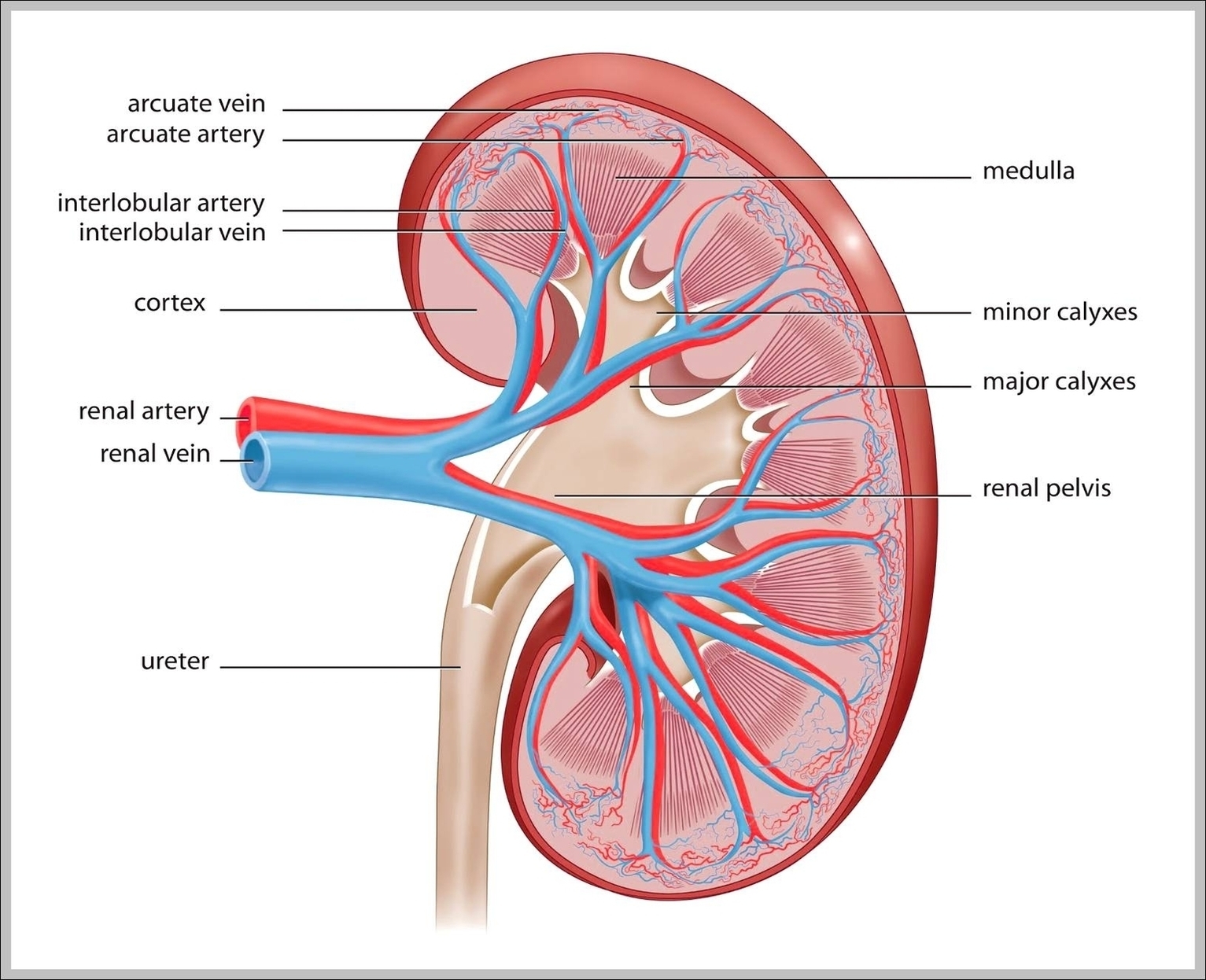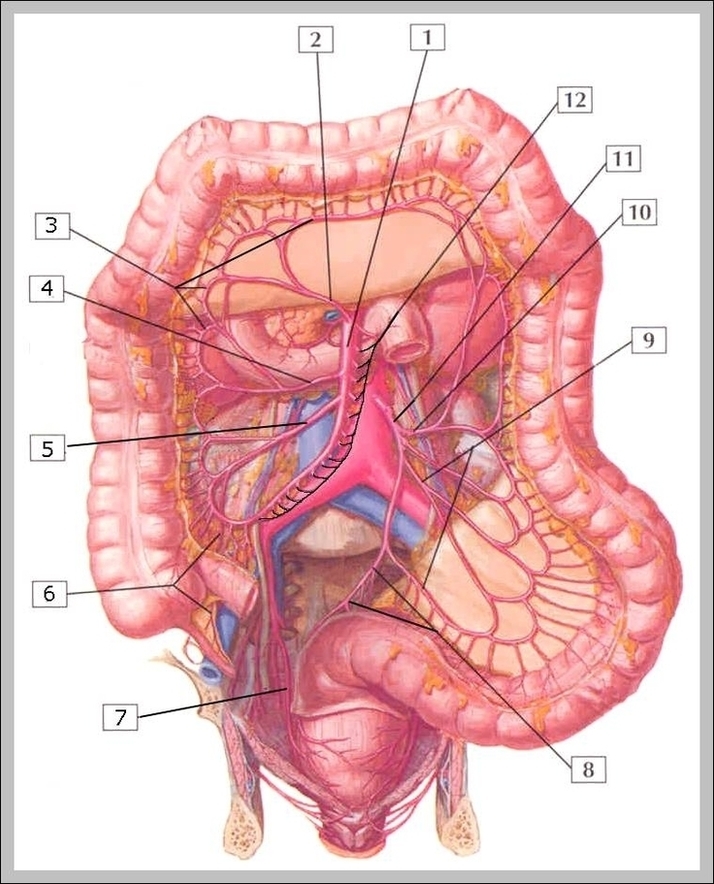Brain Anatomy
The brain, a complex organ, controls thought, memory, emotion, touch, motor skills, vision, breathing, temperature, hunger, and every process that regulates our body. It is primarily composed of nerve cells, also known as neurons. Blood vessels supply oxygen and nutrients to the neurons of the brain.
Composition
Weighing about 3 pounds in the average adult, the brain is about 60% fat. The remaining 40% is a combination of water, protein, carbohydrates, and salts. The brain itself is not a muscle. It contains blood vessels and nerves, including neurons and glial cells.
Gray Matter and White Matter
Gray and white matter are two different regions of the central nervous system. In the brain, gray matter refers to the darker, outer portion, while white matter describes the lighter, inner section underneath. Gray matter is primarily composed of neuron somas (the round central cell bodies), and white matter is mostly made of axons (the long stems that connect neurons together) wrapped in myelin (a protective coating). Gray matter is primarily responsible for processing and interpreting information, while white matter transmits that information to other parts of the nervous system.
Brain Function
The brain sends and receives chemical and electrical signals throughout the body. Different signals control different processes, and your brain interprets each. Some make you feel tired, for example, while others make you feel pain. Some messages are kept within the brain, while others are relayed through the spine and across the bodys vast network of nerves to distant extremities.
Main Parts of the Brain and Their Functions
At a high level, the brain can be divided into the cerebrum, brainstem, and cerebellum.
1. Cerebrum: The cerebrum (front of brain) comprises gray matter (the cerebral cortex) and white matter at its center. The largest part of the brain, the cerebrum initiates and coordinates movement and regulates temperature. Other areas of the cerebrum enable speech, judgment, thinking and reasoning, problem-solving, emotions, and learning. Other functions relate to vision, hearing, touch, and other senses.
2. Cerebral Cortex: The cortex has a large surface area due to its folds, and comprises about half of the brains weight. The cerebral cortex is divided into two halves, or hemispheres. It is covered with ridges (gyri) and folds (sulci).
3. Brain Stem: The brain stem controls the flow of messages between the brain and the rest of the body, and it also controls basic body functions such as breathing, swallowing, heart rate, blood pressure, consciousness, and whether one is awake or sleepy.
4. Cerebellum: The cerebellum is involved in the coordination of voluntary motor movement, balance and equilibrium and muscle tone.
5. Limbic System: The limbic system is a complex set of structures that lies on both sides of the thalamus, just under the cerebrum. It includes the hypothalamus, the hippocampus, the amygdala, and several other nearby areas. It appears to be primarily responsible for our emotional life, and has a lot to do with the formation of memories.
In conclusion, the brain is a complex organ with various parts working together to regulate our body’s functions and processes. Understanding its anatomy helps us appreciate its importance and the role it plays in our daily lives..
Brain Anatomy Diagram Diagram - Brain Anatomy Diagram Chart - Human anatomy diagrams and charts explained. This anatomy system diagram depicts
Brain Anatomy Diagram with parts and labels. Best diagram to help learn about health, human body and medicine.

